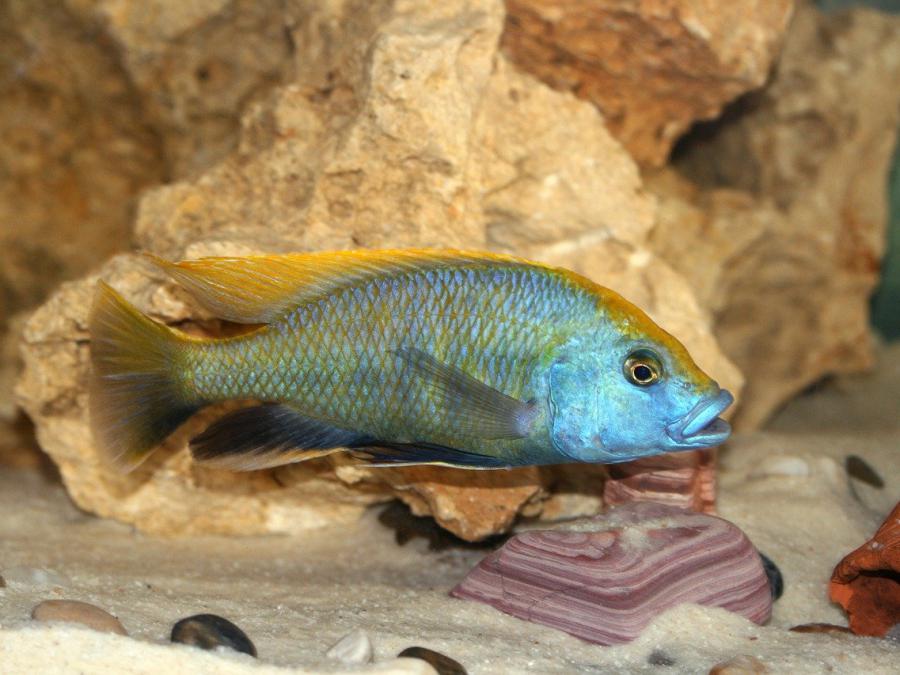How do species originate? Where does all this biodiversity come from on Earth? Biologist Martin Maan tries to answer this question by examining fish from Lake Victoria, Africa, and appears to be on a promising robotic pathway for reproduction.
How do new species appear?
To enter Martin Ma’an and her colleagues’ fish factory, you have to go through several doors. “It’s really just because we have special lighting conditions here,” Maan explains. There are several systems in the laboratory. “The fish, water and temperature are all the same, but we are looking at different lighting conditions.”
And all of this to answer the question: How do species originate? How can a group of animals of one species divide into two separate species? Of course, since Darwin, we know that it is a natural and sexual selection process, but how exactly is it done?
Biologists have long believed that different groups of species should be separated from one another, for example because one group ends up on a separate island. But this does not seem to be the condition: even if the animals continue to live close to each other, new species can appear.
Turbid water
To this end, Ma’an is searching in her laboratory between 500 and 1000 fish from Lake Victoria in Africa, which are the most sought-after species. “Lake Victoria is completely cloudy. This means that not all colors penetrate the light equally. You often get a little redshift in the light. The light with short wavelengths, like blue light, is absorbed by the particles in the water.”
Colors are very important for male and female communication
Why is this important? “Colors are very important for male and female communication. Fish adapt their visual system very quickly to the prevailing lighting conditions. These two things together may be a mechanism for speciation. Because these animals modify their eyes afterward, and this affects how females perceive male colors, so what they think is” Beautiful and ugly. “
Prefer a red one
So the theory is: cichlids that (start) live at greater depths will see more red light, adjust their eyes accordingly, and then find the red species more attractive. This created a difference between two groups of the same species, and speciation may have begun.
But is this theory correct? This is exactly what Maan is looking for in her fish lab, and the results seem to indicate that it does indeed work. Females who grow up without blue light prefer red males.
At the same time, many questions remain. For example, it is not the case that females with a reddish tint in their eyes prefer red males as well. Moreover, fish from different groups could still have children with each other, which means that they weren’t from a separate species yet. But it’s precisely those unanswered questions that make the research so great for Maan.
British scientist Charles Darwin owes his fame to the theory of evolution and his research on the role of natural selection in the evolution of species. Who is he exactly? You are Read it On NPO Knowledge.
NPO Radio 1 keeps you informed on a daily basis with the latest developments in science
Daily between 5 pm and 6:30 pm News & Associates
Every working day from 2 AM to 4 AM. focus
And when you want a podcast The science of focus
Correction report

“Coffee buff. Twitter fanatic. Tv practitioner. Social media advocate. Pop culture ninja.”











More Stories
Which can cause an increase in nitrogen.
The Central State Real Estate Agency has no additional space to accommodate Ukrainians.
The oystercatcher, the “unlucky national bird,” is increasingly breeding on rooftops.